The way we work
To the point. Creation, planning, project management and budget control are all in one hand at Intervideo: experienced project managers put together a selected team with exactly the right expertise for each project. And this team will be your reliable point of contact throughout the entire project. With our programmers, 3D artists and motion designers and our in-house post-production department, we can react flexibly to your wishes and guarantee on-time and on-budget delivery.


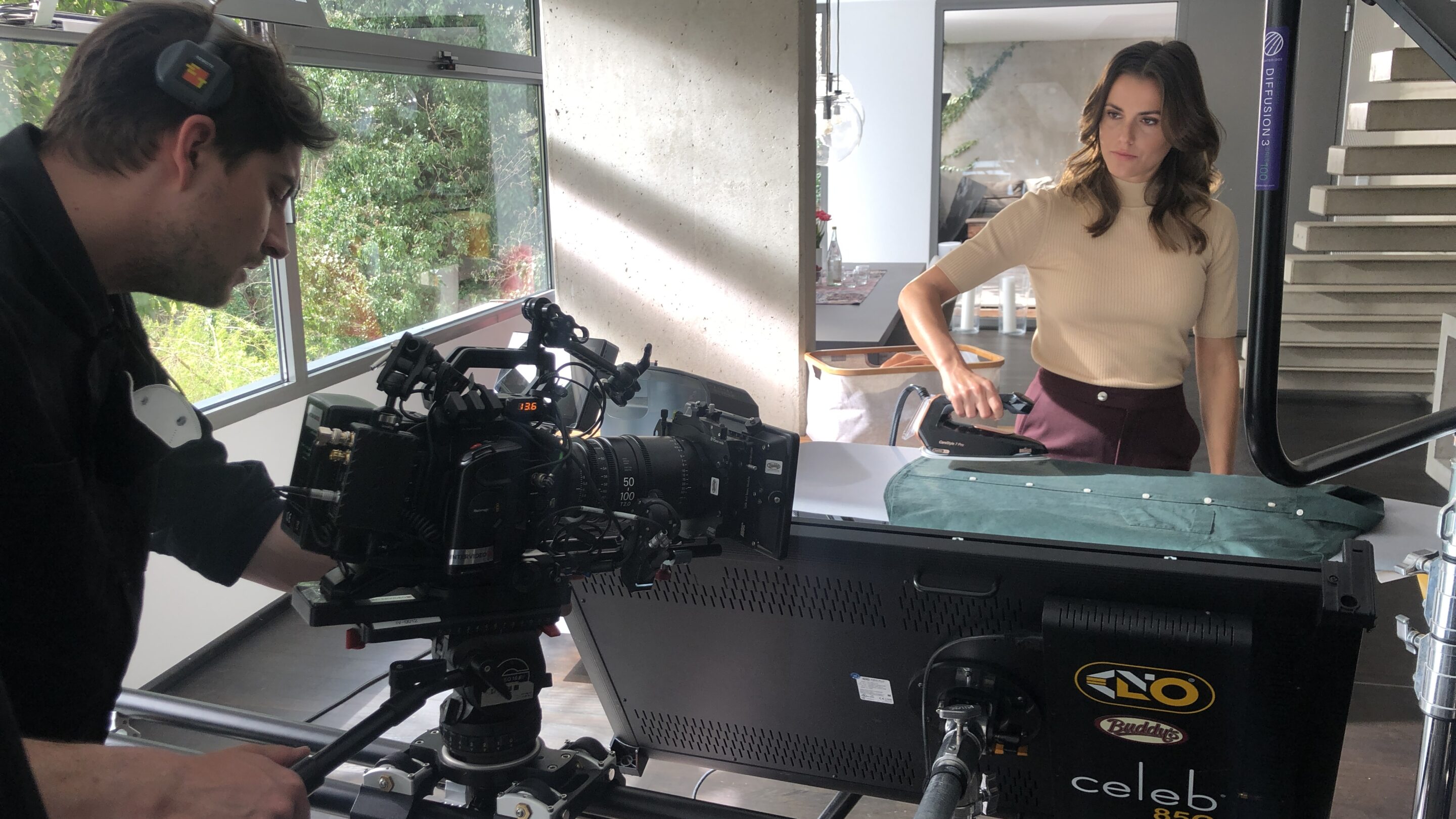
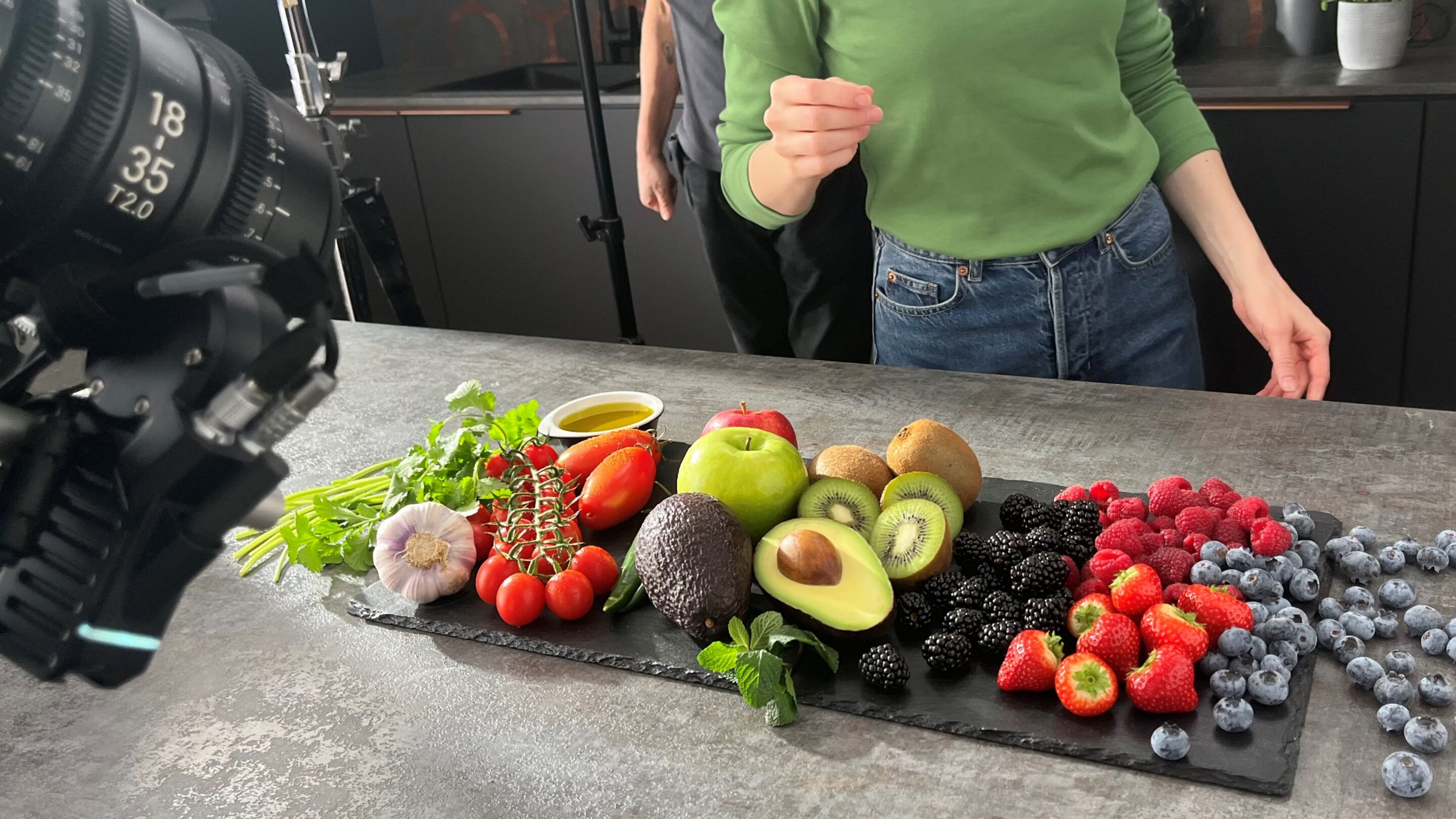
Who trusts us
Intervideo has its own very high standards for the quality of its work, is very helpful in all matters, uncomplicated and has a very professional attitude. By choosing Intervideo, you can be sure that you will get a decent result that exactly meets your expectations.
Oliver Nöldner, Energy Sector · Siemens AG
Who we are
Professionals with passion. For more than 60 years, we have been the success of our customers with digital media. We are not only successful because we know our trade our craft, but also because we are confident in the industries customers' industries. With a good combination of this industry expertise, experience and innovation our customers a clear competitive advantage.
What we do
We stage your company and make your products irresistible. We always find a gripping story for everything. Whether it's a product film, reference film, recruitment film, training film etc. - We combine these classics with new technologies that open new doors for creativity. Virtual reality, augmented reality or WebAR: there are so many impressive ways to use them, whether in marketing, research & development or onboarding.
What sets us apart
Imagination. Of course we are creative. Every agency that works in this field has to be. But our toolbox is particularly large. With our experience, we have a clear idea of how and with what we can achieve exactly what our clients have set as their goal. And because a good film alone doesn't achieve anything in the first place, we provide support in creating a sensible media strategy for exactly the right combination of different content - from social media content to TV commercials.
The way we are
Diverse. We are a colourful mix and it's a really good one: experienced strategists and marketing experts, creative storytellers and content professionals, visionary directors and cameramen, a completely in-house post-production team with editors, sound engineers and graphics experts, young programmers and incredibly dedicated technology specialists who are passionate about virtual reality projects. Get to know us!
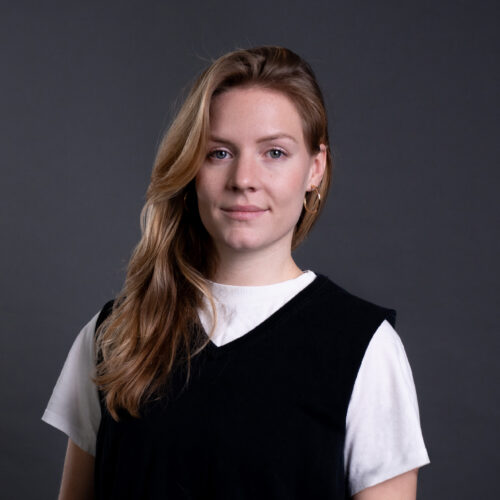








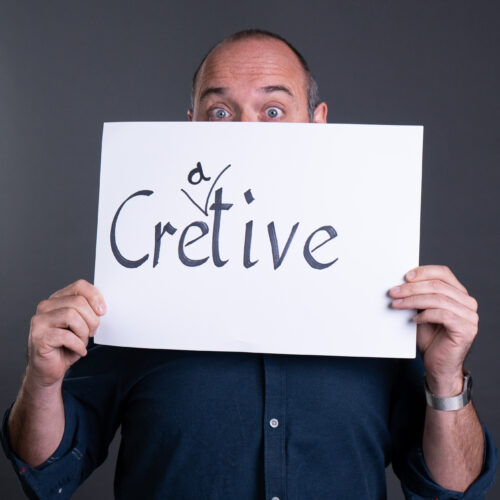









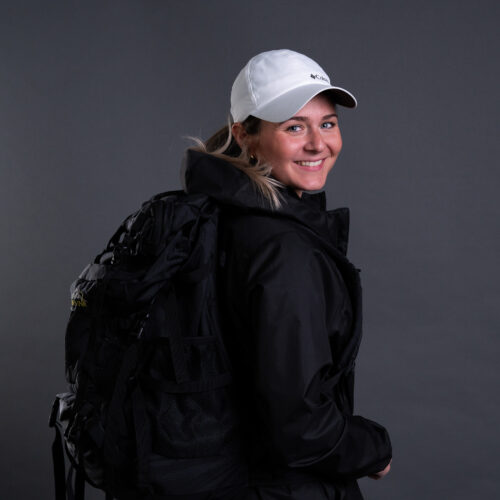



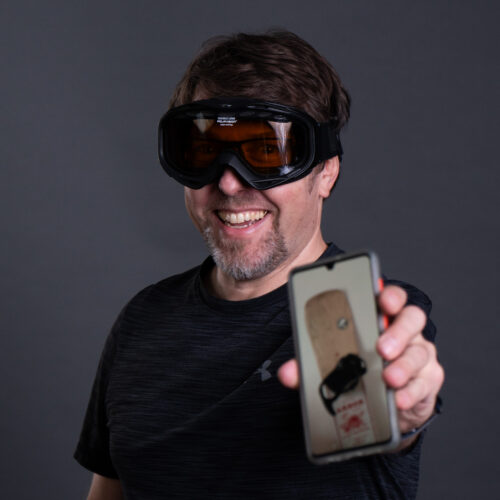

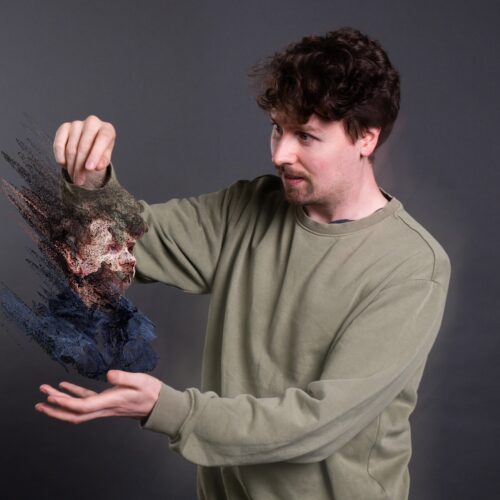





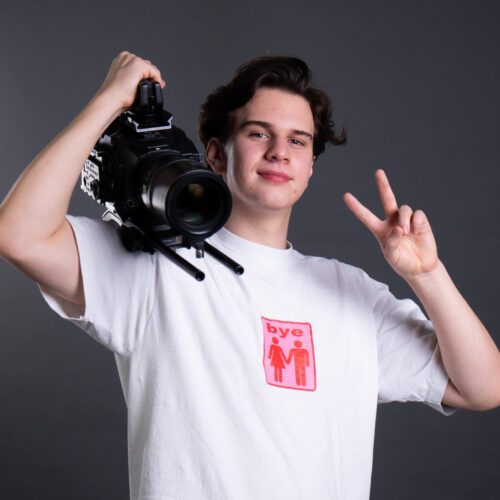
Who we are looking for
Although it is not our ultimate goal, we are nevertheless delighted with the constant growth at Intervideo. The quality of our work speaks for itself, the number of customers and orders is increasing. So we need reinforcements for our team from time to time. If you enjoy your work and have talents that strengthen or complement us, you will find a really good working atmosphere and exciting tasks at Intervideo.
Intervideo produziert seit mehr als 50 Jahren Bewegtbildinhalte für die Unternehmenskommunikation. Mit Schwerpunkt im B2B-Bereich konzeptionieren und erstellen wir hochwertige Filme, Virtual und Augmented Reality Anwendungen und Animationen für die verschiedensten Branchen und Anwendungsfälle.
Zum nächstmöglichen Zeitpunkt suchen wir als Ergänzung unseres Teams in Mainz, zunächst befristet für ein Jahr mit Option auf Festanstellung, eine(n) 3D-Artist(in) / Virtual Reality /Augmented Reality Allrounder/in.
- Du hast Programmiererfahrung im Bereich Virtual und Augmented Reality und besitzt Kenntnisse im Bereich der 3D-Daten Konvertierung?
- Du bist kreativ, kannst technische Zusammenhänge gut verstehen, hast gute Ideen und natürlich auch ein Händchen für guten Style?
- Du arbeitest gern im Team und hilfst dem Projektleiter, beim Kunden zuverlässig und in time ein super Ergebnis abzuliefern?
Wenn Du jetzt sagen kannst: „Ja, genau das bin ich!“, dann schaut das von unserer Seit schon ganz gut aus.
Aber was ist Dir wichtig und wann gehst Du mit Freude zur Arbeit:
- Wenn es immer wieder spannende Aufgaben gibt, bei denen eigentlich keine der anderen gleicht und für die Du sinnvolle Konzepte im Bereich VR & AR entwickeln kannst?
- Wenn Du merkst, dass Dein Arbeitgeber Dir vertraut und Du wirklich eigenständig arbeiten kannst, aber Dich auch unterstützt, wenn Du Hilfe brauchst?
- Wenn Du richtig nette Kollegen hast und die oft genannten flachen Hierarchien auch mal wirklich flach sind?
- Und wenn natürlich Gehalt und die Anzahl der Urlaubstage stimmen?
Da können wir Dir wiederum sagen „Ja, das sind wir!“.
Na, was meinst Du? Wir jedenfalls freuen uns auf Deine aussagekräftige Bewerbung mit Angaben zu frühestmöglichem Einstiegstermin, Referenzen und gewünschtem Gehalt an job@intervideo.de.
Green Intervideo
There is simply no other option. We have to do something. But simply buying our way out of responsibility in return for money? Not with us. We are certainly no saints, but we are making an effort and have drawn up a catalogue of measures that all employees support. On the one hand, this is intended to reduce CO2 emissions, but also includes aspects relating to nature conservation, animal welfare and biodiversity. In addition, we plant one tree per month for each employee in our neighbourhood in the Taunus region. That's 240 trees a year, offsetting around 200 tonnes of CO2. Together with "Planted" and many other companies, our aim is to create.
our company forest340
planted trees
283,22t
CO2 reduction